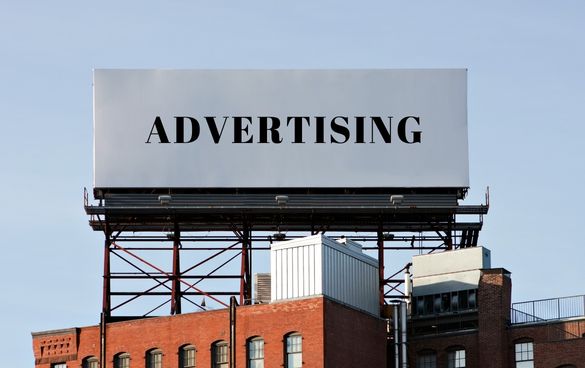-
 7 min. read
7 min. read
-
 Maria Carpena
Maria Carpena Emerging Trends & Research Writer
Emerging Trends & Research Writer
- Maria is an experienced marketing professional in both B2C and B2B spaces. She’s earned certifications in inbound marketing, content marketing, Google Analytics, and PR. Her favorite topics include digital marketing, social media, and AI. When she’s not immersed in digital marketing and writing, she’s running, swimming, biking, or playing with her dogs.
What is advertising?
Advertising is a strategic communication tool that promotes products or services to a target audience, utilizing various mediums such as print, television, and online platforms.
Definition: Advertising is a paid promotional tactic that aims to sell a product or service to a target audience.
If you landed on this page to find out the answer to the question, “what is advertising,” check out some advertising examples for inspiration, and understand how it can help your business, you’re in luck. This page will discuss these topics:
- What is advertising?
- What is the importance of advertising?
- 10 types of advertising
- How to create effective ads
Want more advertising and marketing tips delivered straight to your inbox? Subscribe to Revenue Weekly and be one of the 200,000 marketers who receive their dose of marketing and advertising advice in their inbox for free!
Don’t miss our Marketing Manager Insider emails!
Join 200K smart marketers for the hottest marketing news and insights in your inbox.
Inline Subscription Form
“*” indicates required fields


What is advertising?
Advertising is a paid promotional activity that aims to sell a product or service to a target audience. Businesses pay for a space or a slot, so their messages — called advertisements — are published or aired.
The history of advertising
One of the oldest forms of marketing, advertising has been around since the 17th century, after print publishing was developed. Today, advertising is classified into two: traditional advertising (print, TV, radio, and outdoor) and digital advertising (pay-per-click or PPC, social media, and display).
The ultimate goal of advertising is reaching an audience and influencing them to purchase from a business. Advertisements, or ads for short, can target either a general or a niche audience.
What is the importance of advertising?
Advertising can help drive growth for businesses of all sizes. It can:
Help introduce new offerings or brands
Advertising helps companies introduce their new products and services to prospects, thus increasing awareness. New businesses also benefit from advertisements, which announce their entry into the market.
Inform customers of products’ unique selling propositions (USPs)
Your ads can help you communicate your offerings’ USPs in easily digestible formats, so your audience can remember them.
Increase sales
By increasing awareness about your brand and your offerings, advertising can help boost your sales!
Retain customers
Use advertising if you want to remind your customers about your brand, your products, or your services. An ad shown to one of your customers may prompt them to think about their experience and re-purchase from you!
10 types of advertising
Now let’s take a look at 10 different types of advertising:
- Direct mail
- Outdoor
- Radio
- TV
- Search advertising
- Display advertising
- Social media advertising
- Mobile advertising
- Native advertising
1. Print
These ads use the print medium and are often seen in newspapers and magazines. Flyers, brochures, and directories are also common print ad channels. If you’re a business targeting personas that read newspapers and magazines, this is an excellent avenue for advertising.
2. Direct mail
A type of print advertising that reaches a more targeted market, direct mail sends brochures, flyers, and newsletters to customers through snail mail. Businesses can attract prospects by tossing in a discount coupon in the mail!
3. Outdoor
Also known as out-of-home advertising, it uses billboards, public places, or transportation to increase awareness among people in a geographic location. Make sure your messages are concise and your font size is bold enough to be seen and remembered!
4. Radio
Radio advertising is a form of broadcast advertising that airs ads during programming breaks. Businesses can pick spots when their audience is tuned in. For example, a company can consider airing its ads in the morning to reach people who are driving to work.
5. TV
Also a type of broadcast advertising, TV advertising can promote your business, products, or services through TV commercials. Their cost varies depending on factors such as commercial length, TV show, the time of day, and frequency of airing.
6. Search advertising
Also referred to as PPC, search advertising lets businesses bid for relevant keywords, so their ads appear whenever a user types in that search query. Businesses then pay each time a user clicks on their ad.
For example, let’s say you’re in the jewelry business. You can bid on keywords related to your products like “pearl necklaces for women.” A high PPC Quality ad score can let you land on the top of the search engine results page (SERP) of the keyword you’re bidding on.
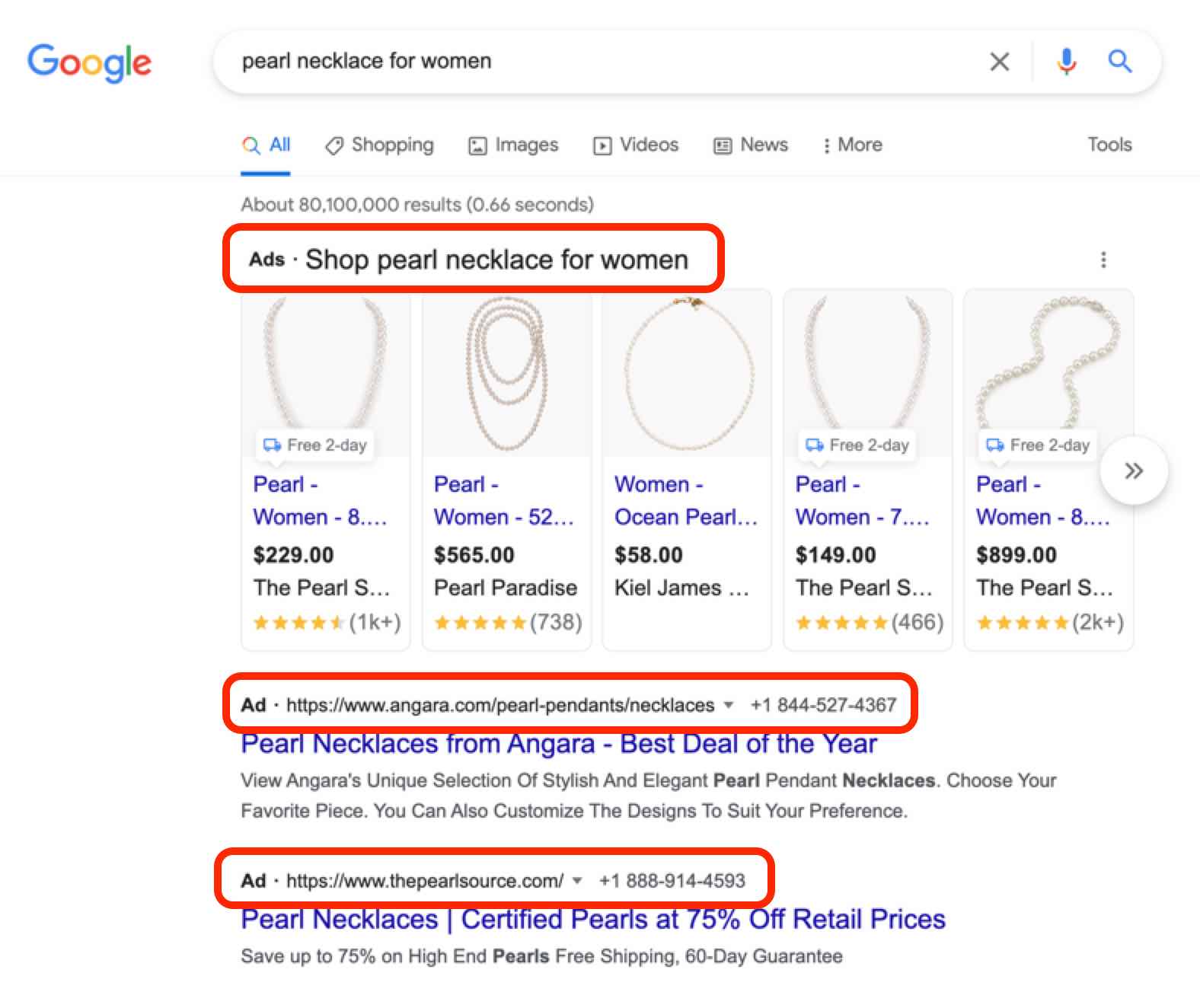
7. Display advertising
Display advertising refers to ads found at the top, bottom, or side of web pages. Other display advertising examples are video ads that appear before a video content is played or during streaming.
If you’re remarketing to an audience, display advertising is an excellent way to reach and remind them about your product. Have you ever visited a product page once, and then seen this product’s ads on other websites you visit? It’s remarketing and display advertising at work!
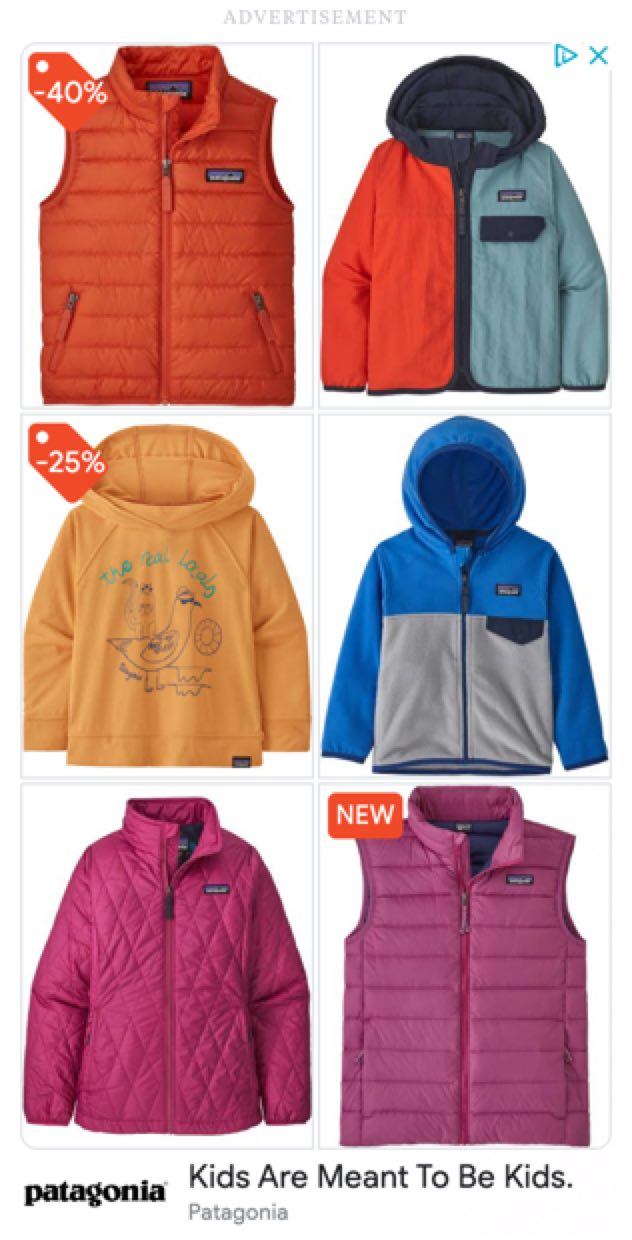
8. Social media advertising
Social media advertising lets businesses reach and target specific audiences based on their demographics, interests, and consumer behavior.
You can run social media ads about your latest product targeting your buyer persona. Social media advertising is also an excellent remarketing channel.
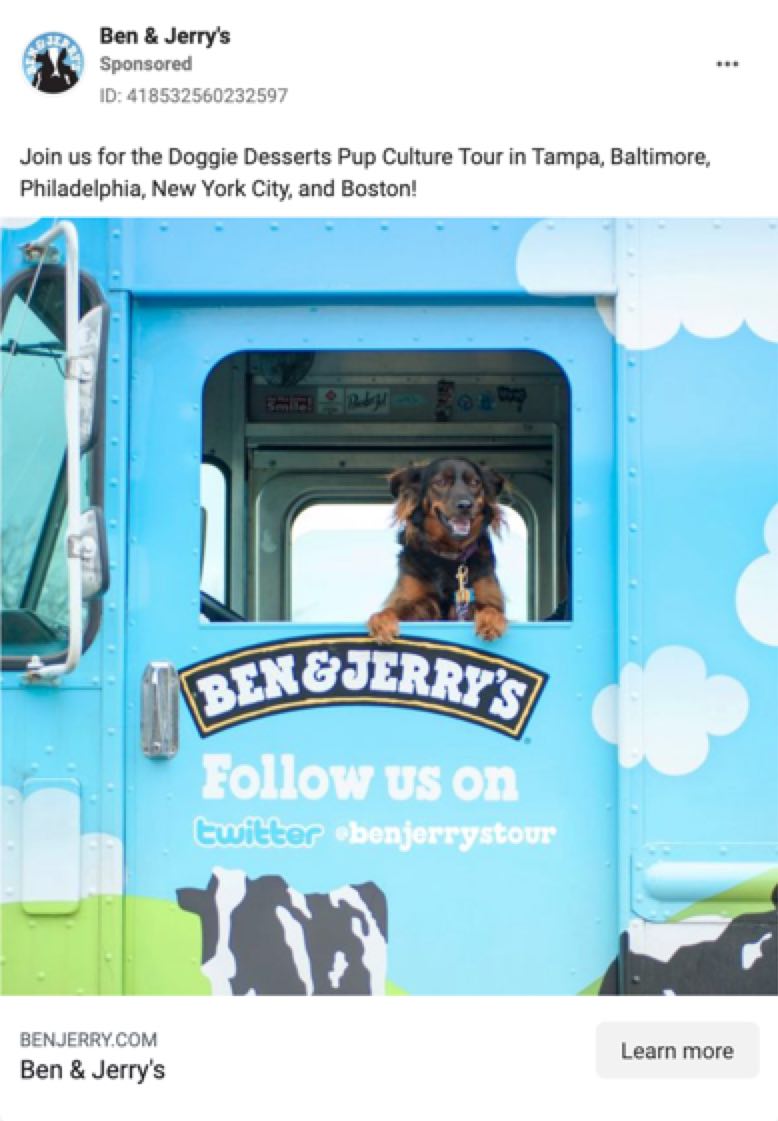
9. Mobile advertising
Did you know that almost 53% of site traffic is generated from a mobile device? It makes sense for businesses to explore mobile advertising to reach their prospects, who are most likely smartphone users.
Some mobile advertising examples are SMS ads, app ads, and site ads that are crafted for mobile users.
You can also pair mobile advertising with print advertising using QR codes. For example, let’s say you ran an ad with a QR code on an in-flight magazine. Readers can scan the QR code using their mobile device, and they are directed to a landing page to learn more about a product or get a special offer when they sign up as a lead!
10. Native advertising
A form of paid media, native advertising is usually found as content published on editorial sites. Native ads are called such because they blend well and “natively” with the other editorial content on a website. They are far from a hard sell, but they mention your brand, offering, and a link to your site.
In this native advertising example from a law firm, the native content is about road trips. The article segued into what to do after a road accident. It also mentioned the law firm’s expertise, which is defending the road accident victims’ rights.

How to create effective ads
Advertising is meant to influence and move your audience to action. Your ad’s goal is to convince people to choose your brand and product. Here are tips to create an effective and compelling ad:
1. Create an attention-grabbing headline
Your headline should hook a user casually scrolling on her social media feed, or a commuter that passed by your billboard.
2. Support your headline with a subhead
Think of your subhead as a clarification or a supporting statement to your headline. Together, they should pique the interest of your audience.
3. Write compelling copy that communicates your advertising message
Once you or your copywriter has nailed your headline and subhead, make sure you highlight your product’s USPs and features.
4. Get your message across with a powerful visual
“A picture paints a thousand words” is a cliché for a reason — there is some truth to it. Complement your headline with an equally attractive visual. Paired with your headline, the image should get your advertising message across to your audience.
We foster and form long-term partnerships so that your business has long-term results.
Over 90%
Excited to kick-start your advertising efforts?
Advertising can promote your business and offerings to your target audience and help drive revenue. If you want to get started with your digital advertising efforts but need help, team up with WebFX.
We’re a full-service digital advertising agency that has helped our clients generate over $10 billion in revenue. Our team is equally excited to help you achieve your advertising goals and return on investment (ROI).
Contact us online or call us at 888-601-5359 to speak with a strategist about our digital advertising services!
-
 Maria is an experienced marketing professional in both B2C and B2B spaces. She’s earned certifications in inbound marketing, content marketing, Google Analytics, and PR. Her favorite topics include digital marketing, social media, and AI. When she’s not immersed in digital marketing and writing, she’s running, swimming, biking, or playing with her dogs.
Maria is an experienced marketing professional in both B2C and B2B spaces. She’s earned certifications in inbound marketing, content marketing, Google Analytics, and PR. Her favorite topics include digital marketing, social media, and AI. When she’s not immersed in digital marketing and writing, she’s running, swimming, biking, or playing with her dogs. -

WebFX is a full-service marketing agency with 1,100+ client reviews and a 4.9-star rating on Clutch! Find out how our expert team and revenue-accelerating tech can drive results for you! Learn more
Try our free Marketing Calculator
Craft a tailored online marketing strategy! Utilize our free Internet marketing calculator for a custom plan based on your location, reach, timeframe, and budget.
Plan Your Marketing Budget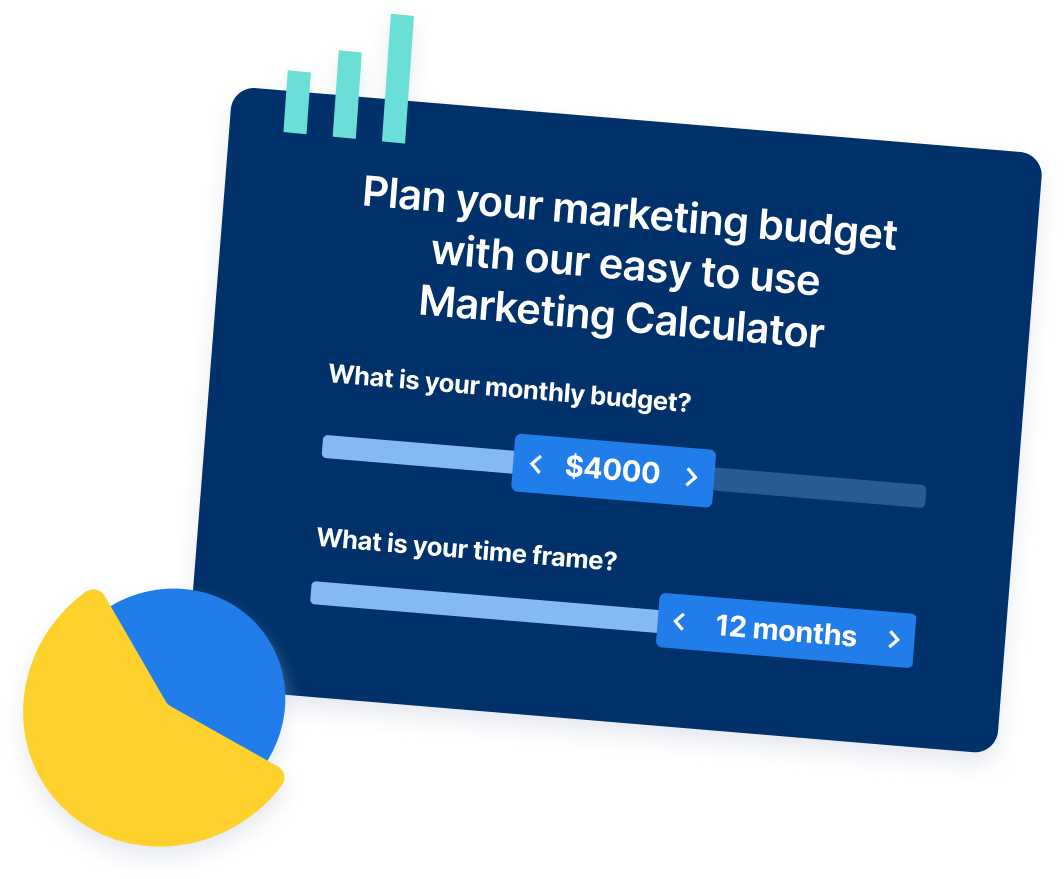
Table of Contents
- What is advertising?
- The history of advertising
- What is the importance of advertising?
- Help introduce new offerings or brands
- Inform customers of products’ unique selling propositions (USPs)
- Increase sales
- Retain customers
- 10 types of advertising
- 1. Print
- 2. Direct mail
- 3. Outdoor
- 4. Radio
- 5. TV
- 6. Search advertising
- 7. Display advertising
- 8. Social media advertising
- 9. Mobile advertising
- 10. Native advertising
- How to create effective ads
- 1. Create an attention-grabbing headline
- 2. Support your headline with a subhead
- 3. Write compelling copy that communicates your advertising message
- 4. Get your message across with a powerful visual
- Excited to kick-start your advertising efforts?

Proven Marketing Strategies

Proven Marketing Strategies
Try our free Marketing Calculator
Craft a tailored online marketing strategy! Utilize our free Internet marketing calculator for a custom plan based on your location, reach, timeframe, and budget.
Plan Your Marketing Budget
What to read next





